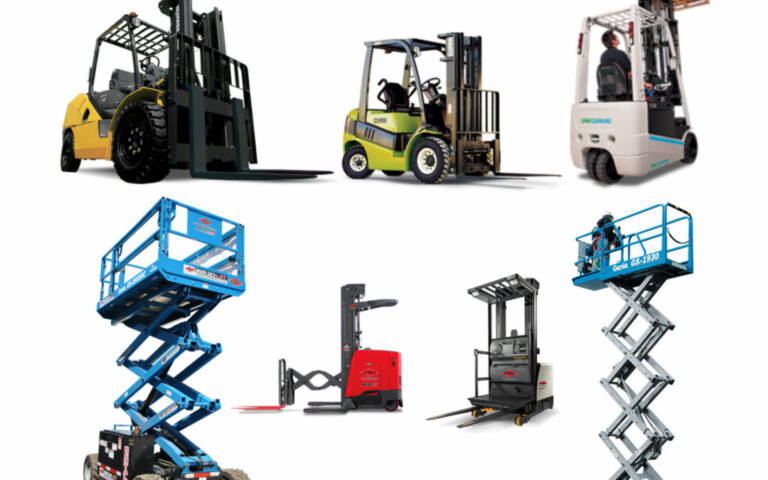Project Report For Material Handling Equipment
Introduction
Project report for material Handling Equipment is as follows.
Material handling is a critical component of the design of the majority of production systems because an effective flow of materials is required from the beginning of raw material feeding to the flow of completed materials up to the consumer point and in between the activities of a production system. The high cost of material transportation, which is caused by both personnel and equipment expenditures, as well as in-process inventory, has an impact on the performance of a production system.

Mechanical equipment used to move, store, and protect materials, goods, and products during the manufacture, distribution, consumption, and disposal processes are known as material handling equipment. The four fundamental categories of handling equipment are transport equipment, lifting, and positioning equipment, stacking and unit formation equipment, and storage equipment.
These are ideas for mechanical automation to handle material at a single site, with the goal of increasing productivity, avoiding human error, and reducing tiredness and injury while dealing in dangerous or inaccessible environments. It can be used to feed, orient, load/unload, or manipulate materials into the proper position for future handling, machining, transportation, or storage.
Project Report Sample On
Material Handling Equipment
Get Completely Custom Bankable Project Report
Product & Application Of Material Handling Equipment
Material handling systems of various forms have evolved, but the most prevalent are for transport, lifting and positioning, stacking of materials from raw materials to finished goods, and also for distributing finished items in the market up to consumer points. Material handling equipment ranges from simple to complex systems, based on the kind, size, weight, and volume of a unit or quantity of material.
The roller and flat-belt types are the most prevalent, having either a power or free rolling system of rollers. Some conveyor designs are crucial to manufacturing process processes such as drying, baking, heating, cooling, wintering, sifting, separating, painting, spraying, coating, and so on.
Industries require diverse conveyor designs such as wire mesh, screw type, bucket type, vibrating and pneumatic, and so on. Sorting and separating processes are also performed using conveyor systems.
Mining, automotive, agricultural, computer, electrical, food processing, aerospace, pharmaceutical, chemical, bottling and canning, print finishing, packaging, and even airport luggage sorting and handling all use conveyor systems.
Market Potential Of Material Handling Equipment
The global material handling equipment market was anticipated to be worth USD 27 billion in 2021 and is expected to be worth USD 46.38 billion by 2030, growing at a compound annual growth rate (CAGR) of 7.5% from 2021 to 2030.
Expenses

Product Cost Breakup

Reveneue Vs Expenses

Market Trend

The material handling market is based on equipment such as cranes, forklifts, telehandlers, and production line conveyors. According to industry sources, the material handling products industry growth is intimately associated with the growth of construction, infrastructure, manufacturing, transport, and shipping operations. These industries are expected to grow significantly in India during the next several decades.
The expansion of the material handling equipment industry is closely related to the expansion of manufacturing, transportation, and shipping activities. Demand for material handling systems is expected to expand due to rapid growth in manufacturing, modernization of industries for material conveying and handling in food, pharmaceutical, Agri processing, and chemical industries, as well as transport/warehouses, etc.

